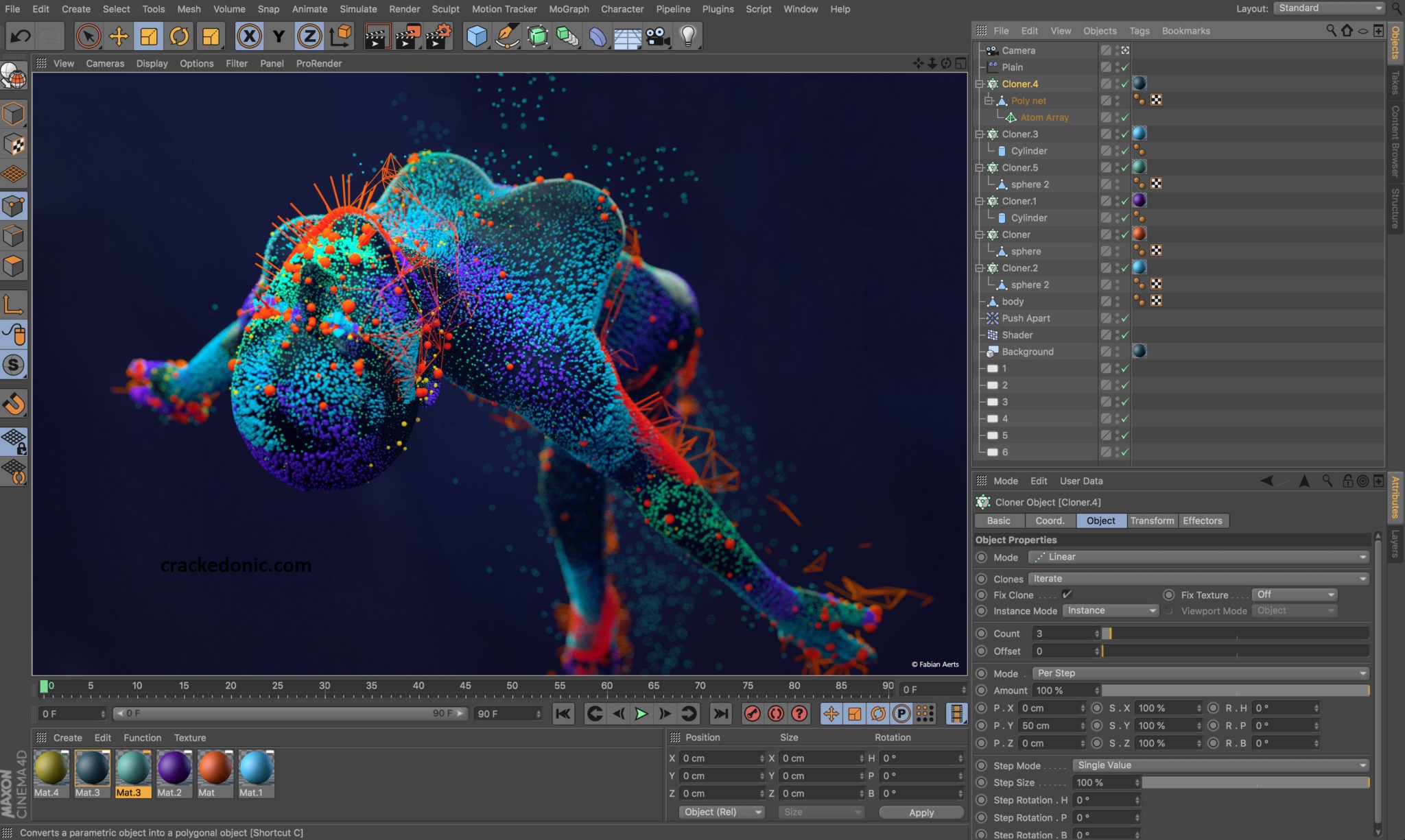

This translation preserves the most important emissive properties of the light, including its placement in the scene, color, photometric intensity, cone angles, IES profile, and more. See the Cinema 4D documentation.įor a complete discussion and more possible solutions, see Datasmith Import Process.ĭatasmith converts most types of lights from Cinema 4D into equivalent light types in Unreal Engine. When you find faces with inversed normals in Cinema 4D, you can flip them around using the Reverse Normals command. Make sure the Polygon Normals setting is enabled, and disable its Selected Only option to visualize the normals for all faces in the model that you have selected while you're in Polygons mode. Choose Options > Configure and go to the Attributes panel. You can configure your viewport to show vertex normals as white lines that extend from the center of each face. When you are in Polygons mode, selected faces show up with a yellow highlight when they are facing toward you, but a blue highlight when facng away from you. In this case, flipping the normal direction of the surface makes the sides appear as they should. After the scene is imported into Unreal, the front cover at first appears to be missing.

If your scene contains single-sided geometry for which the surface normals of the faces point away from the typical viewing direction, that geometry may seem to disappear when viewed from certain angles in the Unreal Engine.įor example, the image below shows a book that was modeled with one of its surface normals facing inward. Depending on how you set up Cinema 4D, you may not be used to taking the facing direction of your surfaces into account. However, Cinema 4D can render geometry with or without this backface culling. The Unreal Engine, like most real-time renderers, automatically culls triangles that face away from the camera in order to maximize performance. It then places multiple instances of this Static Mesh Asset into the Datasmith Scene. If you use instances, cloners, or arrays in your Cinema 4D scene to place copies of a single object at multiple different locations in your scene, Datasmith respects your intention by creating a single Static Mesh Asset in your Content Browser from that object's geometry. Datasmith imports each of these triangular meshes as a single Static Mesh Asset. Similarly, every deformer is baked to a single triangular mesh based on the final state of the deformer.
#CINEMA 4D ANIMATION GENERATOR#
When you save your Cinema 4D scene for Melange, every generator in your scene is baked down to a single triangular mesh that represents the total procedurally generated geometry of the object.

Alternatively, you can put the objects you want to omit into their own layer, then use the Layers panel to hide all objects in that layer. You can use the Objects panel in Cinema 4D to hide the objects individually. The Datasmith importer does not import geometry of hidden objects into Static Mesh Assets, and does not include them in the Datasmith Scene hierarchy. If you have objects that you don't want to import into Unreal Engine at all, hide them in Cinema 4D before you save your. See Connect Object in the Cinema 4D documentation. In this case, the Datasmith importer produces a single Static Mesh Asset for the combined mesh, but the connected pieces remain separate objects in Cinema 4D. See Connect Objects in the Cinema 4D documentation.įor more flexibility, use the Connect Object in Cinema 4D to combine objects that are closer than a given threshold value into a single mesh. Use the Connect Objects command in Cinema 4D to merge two objects into a single object. To influence the granularity of the Static Mesh Assets and Actors that Datasmith creates, you can merge objects in Cinema 4D before you export the scene. The object name that you see in the Cinema 4D Properties panel is the name Datasmith assigns to the corresponding Static Mesh Asset in Unreal Engine. Geometryĭatasmith creates a Static Mesh Asset for each visible geometric object in the Cinema 4D scene. If file size is a concern, or you frequently work with Cinema 4D scenes that you don't need to import into Unreal Engine, you may prefer to use the File > Save Project for Melange option only when you need it.

Enabling these options increases the size of the files you save.


 0 kommentar(er)
0 kommentar(er)
